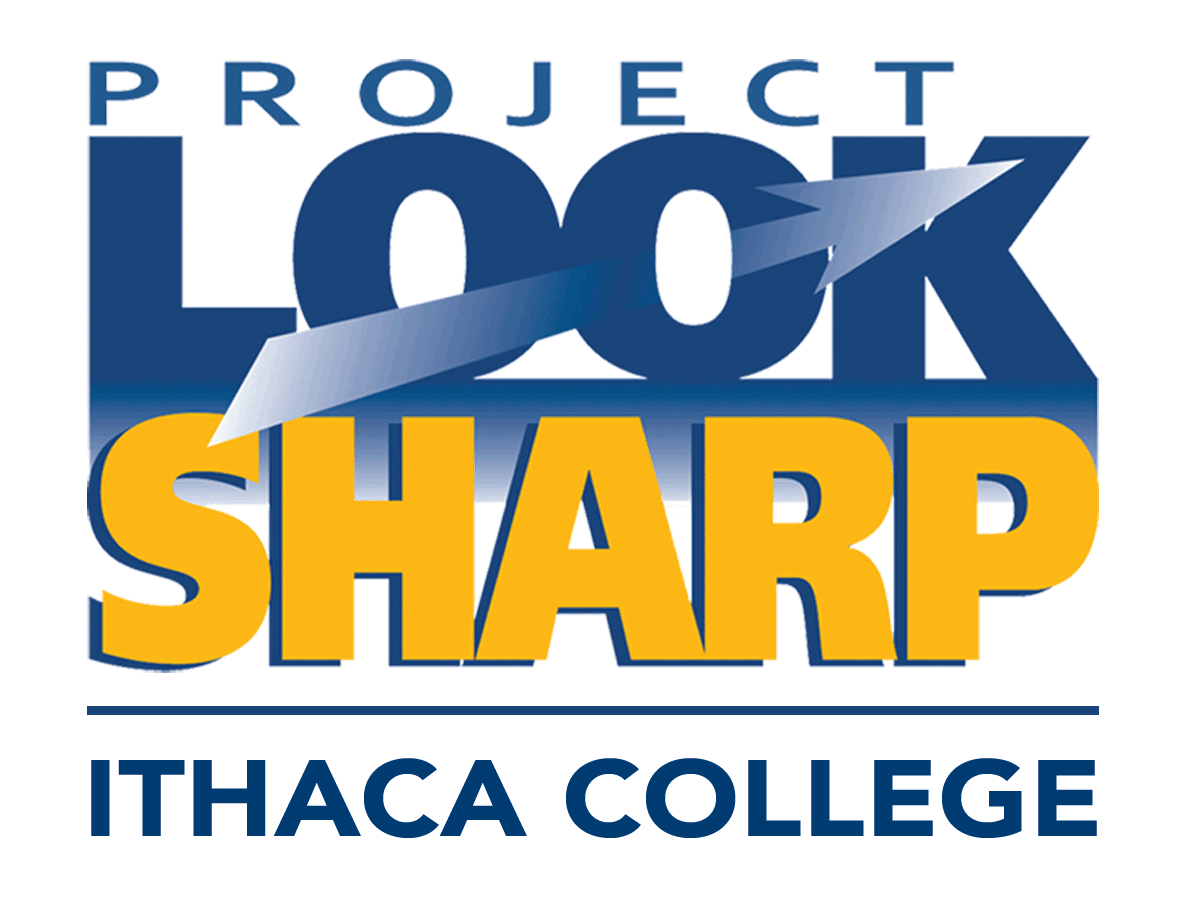Your Search Results (29) sorted by newest
Decoding Data Centers - Media Messages and Bias
Students analyze a video advertisement, a local news story, a TikTok video and an infographic for messages about data centers, sourcing and bias.
30-60 Minutes
Clickbaiting Our Emotions: AI Deepfakes
Students analyze a social media post and a TV news report for messages about A.I. deepfakes and assessing credibility of media messages.
15-30 Minutes
Video Games & Climate: Analyzing Constructions of the Future
Students analyze video game trailers for messages about climate change and possible futures, about storytelling and marketing techniques and about whether video games can impact social change.
30-60 Minutes
Deepfakes: What Do We Believe? What Do We Share?
Students evaluate Internet images and videos as fake or true and reflect on how confirmation bias impacts our judgments.
30-60 Minutes
Where's the Media? How Can You Tell?
Students analyze an array of images of potential new and old media forms for messages about what constitutes media and the purposes of media through the ages.
30-60 Minutes
A.I. – Pros, Cons, Credibility and Bias
Students analyze short videos for messages about the pros and cons of artificial intelligence, the bias and credibility of each source, and our own thinking about the issue.
30-60 Minutes
Mediated AI: Artificial Intelligence in Feature Film
Students analyze film excerpts from the 1950s to the 2020s for messages about the impacts of artificial intelligence on society.
30-60 Minutes
Hate Culture, the Internet, and What Can We Do?
Students analyze videos for messages about how digital platforms, especially social media, accelerate hate ideology and about actions people can take to challenge hate speech.
30-60 Minutes
2016 Balancing Facebook Viewpoints
Media literacy and critical thinking activity decoding Blue Feed/Red Feed posts about the outcome of the 2016 election for sources, bias and interpretation.
15-30 Minutes
Clickbait – Can You Spot It?
This media literacy activity was created to integrate the teaching of English language instruction with media literacy for educators in Panama. In this media literacy activity students analyze webpages to identify clickbait strategies.
15-30 Minutes
Confirmation Bias, Coronavirus and the 2020 Presidential Campaign
Students analyze a political ad, a tweet and a fact-checking article for confirmation bias and credibility of sources.
15-30 Minutes
Cyberbullying: How It Hurts & How to Help
In this media literacy activity students analyze videos made for students for messages about the effects and remedies for cyber-bullying.
15-30 Minutes
Fact or Fiction? A Snopes.com and Urban Legends Activity
Media literacy and critical thinking lesson introducing students to data collection through surveys and reflecting on why so many people believe in urban legends.
15-30 Minutes
Google Image Searches – Do They Promote or Counter Stereotypes?
In this media literacy activity students analyze image search screen shots for messages about how gender stereotypes are promoted or countered in Google searches.
Under 15 Minutes
How False Statistics Spread in the Digital World
In this media literacy activity students analyze a newspaper headline and photo, a tweet, an academic journal and a university survey for messages about the spread of false information via different media sources.
30-60 Minutes
Misinformation About COVID-19: How to Figure It out
In this media literacy activity students analyze videos for messages about what to do about misinformation about the COVID-19 pandemic.
30-60 Minutes
Online Scams– Will You Fall for It?
This media literacy activity was created to integrate the teaching of English language instruction with media literacy for educators in Panama. In this media literacy activity students analyze web notices to identify different types of online scams.
15-30 Minutes
Regulating Social Media: How About It?
Students analyze five short video clips for different messages about the regulation of social media.
30-60 Minutes
Seeing Body Image Through Instagram Filters
in this media literacy activity students analyze a residential treatment center blog post, an opinion piece in college newspaper and an international newspaper story for messages about the impact of Instagram filters on social media users.
30-60 Minutes
Social Media Goes Viral: Fact Checking Messages About COVID-19
In this media literacy activity students analyze a text message, a Facebook post, a webpage from a fact checking organization and a tweet from the World Health Organization for messages about credibility of Internet information about precautionary health measures for COVID-19.
30-60 Minutes




















